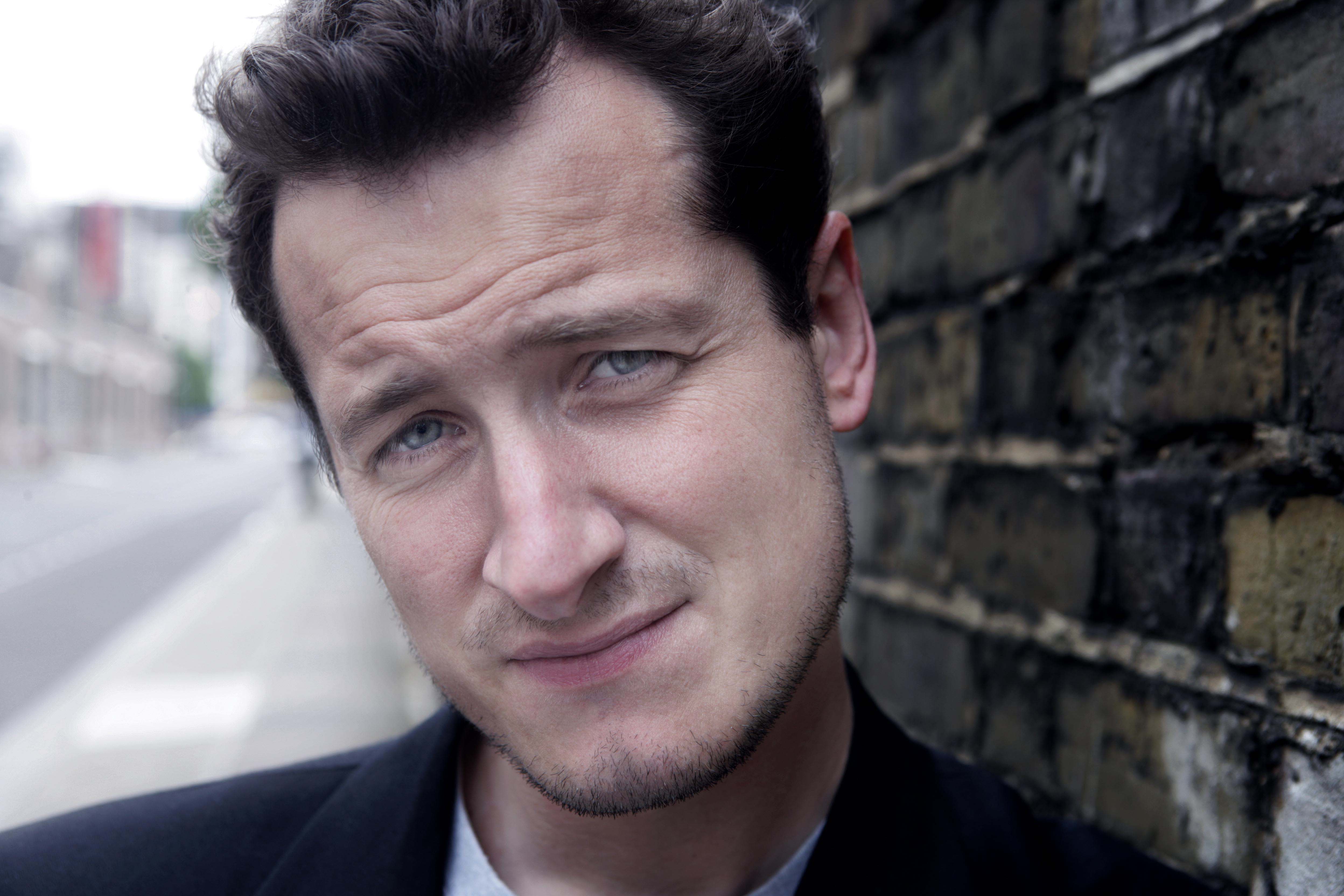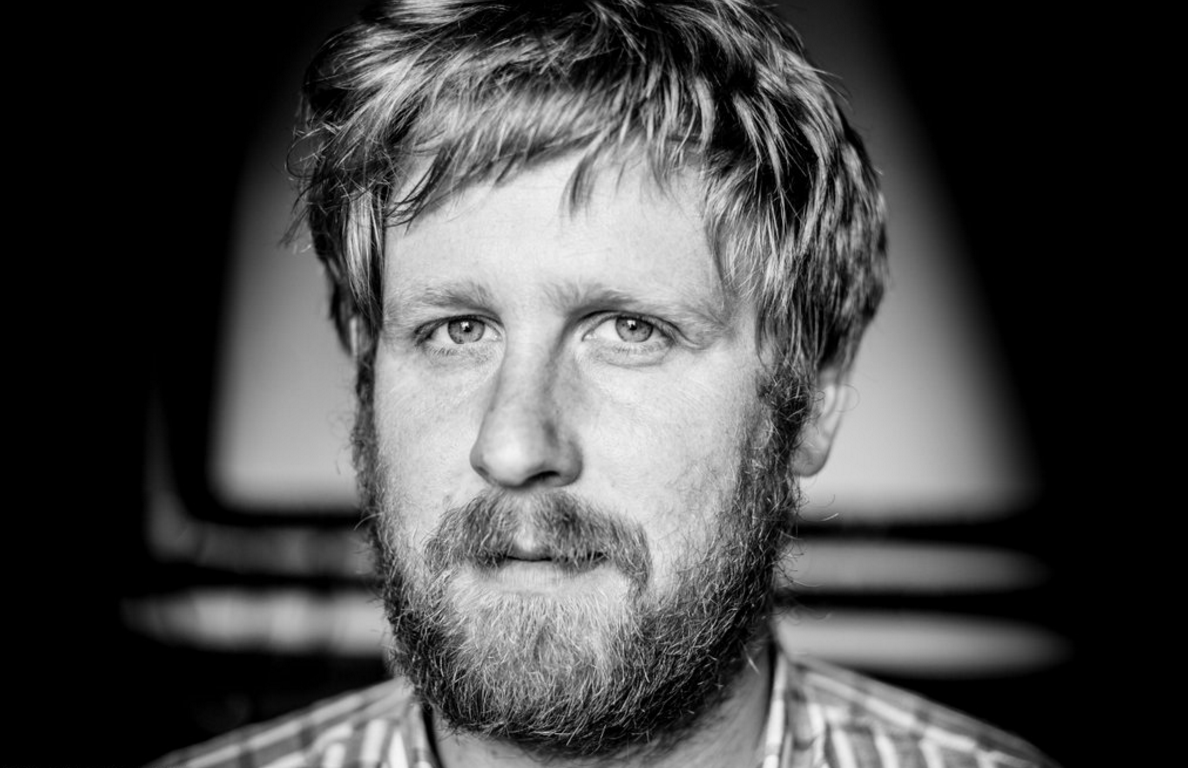
La Magia is an ancient Montalcino property situated on an old paved Roman road dating back to the Etruscan era. The name is a derivation of ‘magione’ a Tuscan rendition of the French ‘maison’, since the building was originally a resting place for wayfarers and pilgrims visiting the nearby abbey of Sant’Antimo. The Schwarz family has run the estate for the last 40 years. In 2011, Harald Schwarz stepped down and handed over winemaking to his son Fabian.
Monty Waldin talks to Fabian Schwarz about organic winemaking, the growth of Brunello di Montalcino as a brand and the unique terroir of La Magia.
Monty Waldin: Fabian, Tell us about the history of La Magia.
Fabian Schwarz: La Magia was founded in 1974, when the previous owners planted the vineyard here in front of Sant’Antimo. It was old Brunello, obviously. In 1979, my father and my grandfather bought the winery. At that time, in Montalcino, there were more or less 21 producers. Now we are more than 200. Everything has changed. My family, my father and my grandfather knew nothing about winemaking, but they came to this magnificent place and said, "Okay. We want to stay here. We want to try this." They started an adventure in winemaking. Obviously, it was not easy in the beginning. It was a difficult period then. Now with Montalcino wine, Montalcino in the '90s became more and more famous. Then it became a really nice job.
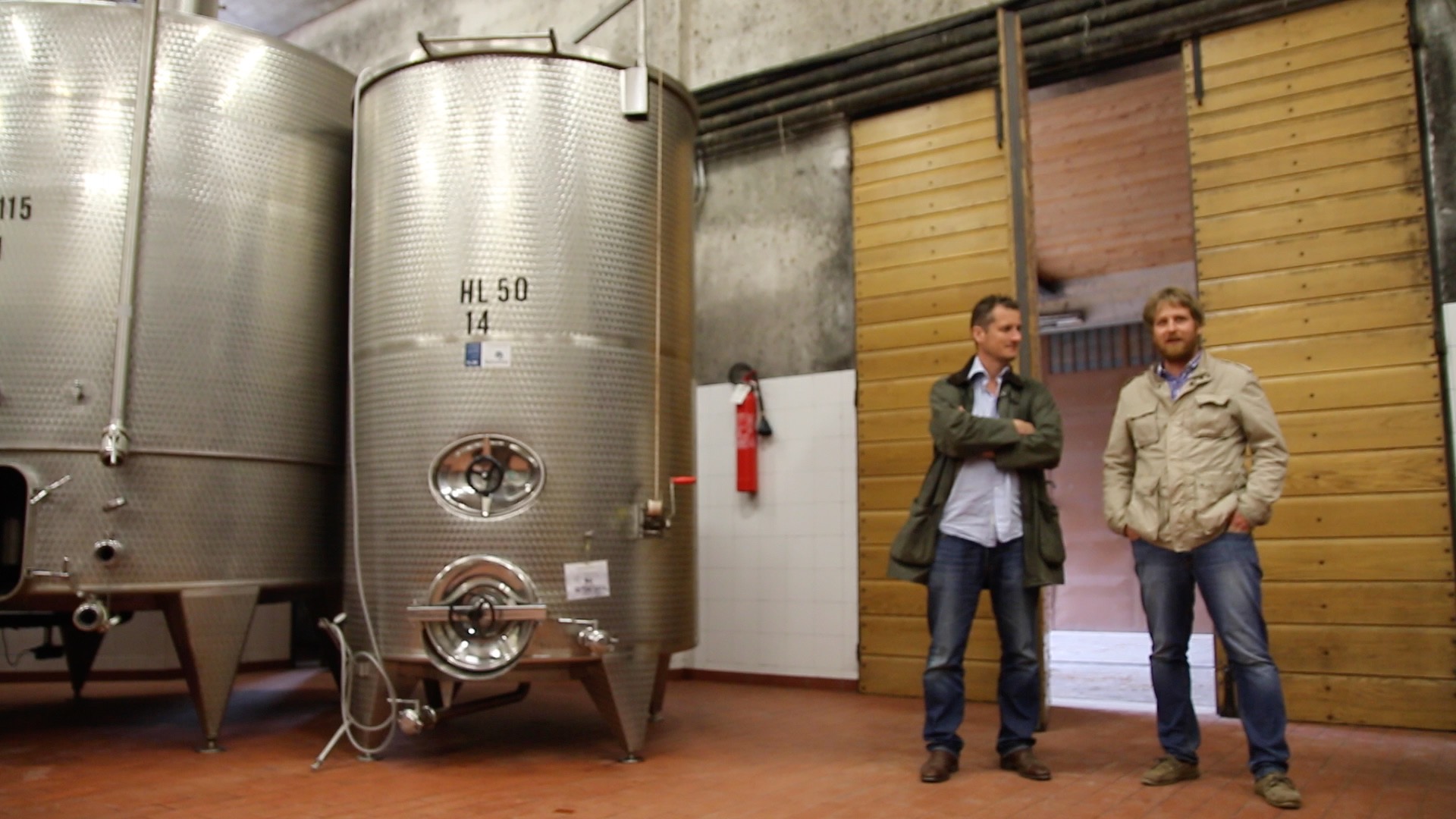
When your father bought the estate, was it more for the view and the landscape? Brunello wasn't famous then. It wasn't like he was jumping on a bandwagon, was it?
A little bit, yes. It was an investment in land, so it was not a bad investment. Obviously they didn't expect it to become such a good investment. He got information about what Brunello was at the time. It's true that it wasn't as famous as it is now, but still at that time, Brunello was the quality wine of Italy. The big difference was that the wine was not as fashionable as it is today, not like in the last 15 years. That's the big difference.
Today if you go to the United States, to New York, for example, every second person knows what Brunello is, or they probably know more than one wine. Thirty years ago, nobody knew much about wine.
You're saying Brunello was really quite well-known in Italy. Was it a niche?
Yes, exactly. It already was a niche for Italy, but not just Italy. It was also a niche internationally. In the big wine markets at that time, like the UK market, or the German market, Brunello was considered one of the quality wines of Italy. There was Brunello, Barolo, and Amarone. That's it. Chianti was not, at that time, a quality wine.
Fabian, your family has been here for nearly 40 years. What changes have you seen in Brunello di Montalcino in that time?
It has changed a lot, especially in the first years. You have to realize that during the early years when my parents came and bought the winery, there were a lot of grape producers. About 150 grape producers, but only 20 winemakers. What happened is many of the grape producers also started to make wine. They saw that bottling the wine was economically good. They knew very well how to grow the grapes, how to make the grapes, but not how to make wine. For, I think 10, 15 years, Montalcino was a region where a lot of winemaking consultants came, and worked a lot. You had a very high quality, because the best winemaking consultants came to Montalcino.
At the same time, there was not a big difference between all the producers [an element of standardisation had crept in]. Now I think a new generation is coming to Montalcino, where the sons are taking over the wineries. They are trying to make their own wine. They have more control about how to make the wine. Their risk may be a little bit more, with organic wines, with organic ways of working. You have, in my opinion, another quality step, and a bigger difference between winery to winery.
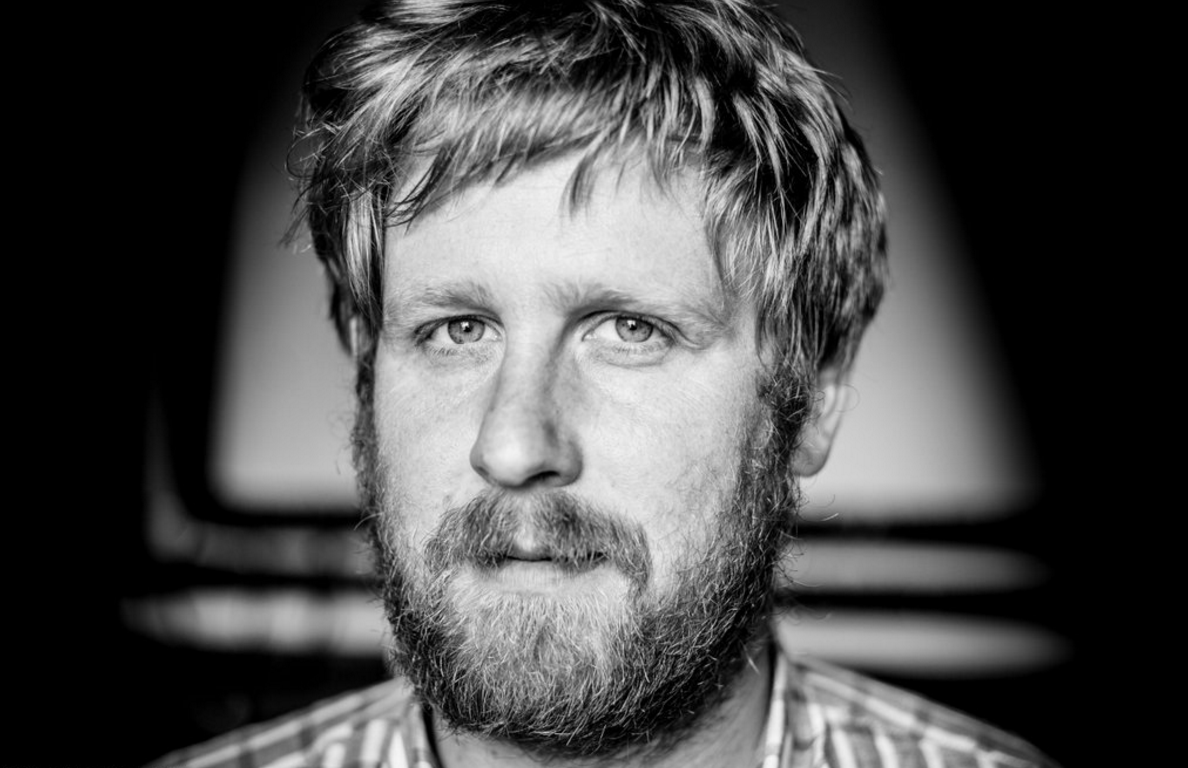
Fabian Schwarz photographed by Monty Waldin
More individuality?
More individuality, but not in the person, in the vineyard.
You're now saying it's not man that's imposing himself, its allowing nature to impose itself.
Yes, it's obviously both. The owner of the vineyard knows the limits of the vineyard; they know how to work their vineyard. They know if they want to make a very good wine, it is best to make a good grape. They have to manage every single vineyard in a good way.
There's also been a discussion recently about Montalcino geographically. It is a very large area, and there are very different vineyard areas within the Montalcino boundary. What do you think about the idea of dividing the region into zones a little bit like they did in Burgundy 1,000 years ago with the monks? Is that useful, or even more confusing to consumers?
I think, at the moment, it's more confusing. The first thing you have to recognize is that a lot of vineyards, wineries that are making very good wines, have a vineyard in one part of Montalcino, and another in a completely opposite area of Montalcino. They are making the best wines in Montalcino. They use these two qualities, these different qualities, to produce very good wine. We are an exception because we are one of the last wineries to have the vineyard, all 15 hectares, all in one place. At the moment, it's not the right time to make this big change.
In one sense, Montalcino is already divided into four zones. If then you want to make single vineyard by single vineyard, it becomes very complicated. You would need probably 10, 20 years to do the research. It's not the same every time. Perhaps, maybe, in 50 years, but not now. We have just arrived at a point where the owners really know their vineyards, what the vineyard is capable of producing. Perhaps the next generation will do it. I think for this generation, it's too early.
You talked, broadly speaking, that Montalcino can be divided into just four areas. Briefly, what are those four areas?
Montalcino if you can imagine is like a pyramid, with a square base. You have four sides—four parts in Montalcino. There is the northeast, southeast, southwest, and northwest. These are the two big climatic zones in Montalcino. You have the north area, which obviously is a little bit cooler, and the south part which is a little bit warmer. Then we are strongly influenced by the seaside, which is only 40 kilometers away, which gives us every time, especially on the west side, a big influence on the climate. We have these four microclimates inside Montalcino.
Does the sea bring warm air, cold air? What does the sea do?
Normally warmer. Montalcino, is a particular zone, all because its like a big hill. It's a big hill for Tuscany. We reach up to 650 meters. We have the good luck that we are not far away, it's the Mont Amiata which is the catalyzer of bad weather. The bad weather goes there, and then it comes to us. Every time when it rains, it means that the heavy rain goes there. Then here comes the nice rain, which is not that strong. It's good rain.

Fabian Schwarz talking with Monty Waldin in the vineyards at La Magia
It’s like a buffer?
Exactly.
What about the effect of Mont Amiata, this big volcano, on the air temperature?
Not a lot on the air temperature, which is so important, but on the winds. We have a lot of air and breezes coming from the seaside to the mountain, so we are well-ventilated. Obviously Montalcino is high, so the good thing is that in summer, or during the maturation period, you have big differences between night and day. Also you can have very hot, sunny days during the summer, and it is possible to sleep without air conditioning in Montalcino. During those conditions it’s perfect weather.
What effect does the hot days and cool nights have on the taste of the Sangiovese and the Brunello grape?
It's in the maturation of grapes, especially, the last part, when they change their color. The difference between nights and days greatly affects the maturation of the phenolic substances which are inside the grapes. Obviously for the Sangiovese, more or less for every grape, it's very important. What we are extracting from the grapes, on the skins, it's very good phenolic stuff. Very good colors, very good tannins which are complex, so the wines have a good structure, good tannins, smooth tannins. That's why Sangiovese in Montalcino is unique. It's one of the aspects, I find is the best expression of Sangiovese.
We talked a bit about the grape. In the winery, there are various schools of thought regarding the type of oak that the wine must age in, the type of wood, the type of forest [the oak] comes from,the size of the oak container. Could you explain a little about how you do it?
In Montalcino, there are no rules about which type of oak or which size of oak we use. It's something that each producer, winemaker, can choose. We have minimum two years of aging in oak; that's our only rule. I'm working with 500 liter barrels. In Italy they are called tonneaux. I find I need to know the right way to work in Montalcino, because I normally prefer the little barrels, not the big ones. They give you, if you know what you are choosing, because in Italy we don't have a lot of experience with oak, as the French do.
In the last 10 years, since working here, I tried a lot of tonnelleries [makers of oak barrels and oak vats], especially French tonnelliers. I discovered some very good oak which did not have a big impact on the wine. It gives you a bigger impression of the wine, fuller ... or oak, which is growing more on the fruit, not only on the spicy notes. That's important. In Montalcino, because you have to age [the wine in oak]for a minimum of two years, I found that it's difficult to work with a normal barrel, like a 225 liter barrel. It's better if you use a little bit bigger one, so it can work more than two years. We normally age in barrels, between two and a half and three years, and it is working. It's working quite well with the 500 liter barrels.
Are you saying that by using a larger barrel, rather than a smaller one, that the effect of the oak is less marked on the wine?
For me it's not the effect of marked or not marked. The problem is if you have a 225 liter barrel, it's not a problem of how it marks, the problem is the time that it needs to mark. The barriques mark very fast, very fast. Normally, in France, most of the wines are aged between eight, 12, and 24 months. It's difficult to find wines which are aged for more than 24 months. In Montalcino it's the minimum. That's why I need a little bit more time. How you mark the wine does not interest me. The oak that I choose is not an oak that will mark that much. It doesn't matter. If it's only to mark the wine, I can work also with the 225. It's only to give me a little bit more time.
Your wines are very distinctive, and I think of them almost like infusions. They're so delicate and perfumed, and very pure, crisp. How do you do that?
It's not me. It's mostly what comes from the vineyard. The biggest part of the work is in the vineyard - to grow very good grapes, very mature grapes. Especially for the Brunello, the big part comes from the vines because they were planted in the vineyard in '74. All the grapes from the Brunello come from this vineyard. With 40-year-old grapes, every time, in every vintage, they have a good phenolic [color and tannin] maturation. Then you can joke a little bit with the technical maturation, say between sugar and acidity. Then it's a little bit easier to work.
Then in the cellar, especially for the fermentation of the Brunello, it's done in a very traditional way. I'm not that concerned about the temperatures. They can go up to 30, 32 degrees. It’s not a problem. After that we have a very long maceration period, we arrive until 45 days of maceration [leaving the young wine in the vat and still on the grape skins]. It's a very traditional way of making wine during the fermentation.
After that I'm working with the oak. In my way, and with the tonnelleries that I like. That's the biggest part of the job. Obviously, we are always focused on making an elegant wine. I don't want to make a bombastic wine or something which is very heavy.
The most important thing is how you drink this wine. A wine, in the end, has to be drinkable. If you make a good wine, a heavy wine or a light wine, or a wine for every day, or you make a big Amarone, in the end, when you open the bottle, the bottle has to finish [be emptied, consumed]. You have to enjoy it. To make a wine in which every day you add a lot of this, a lot of that, a little of this, in the end it's too much, and you won’t drink it. Wine has to be fine. It has to be easy to drink.
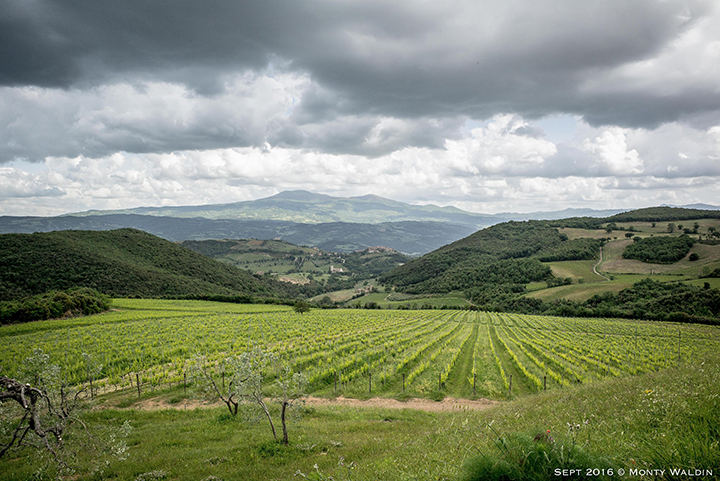
La Magia photographed by Monty Waldin
Your family was one of the organic pioneers in Montalcino. Organics is really taking off here. Have you seen that trend change?
Yes it has changed a lot. We were one of the pioneers from the '80s, the '90s. Although it was never our biggest focus. For us it was always important to make good wine. Regarding the certification, we took it very late because we were not that interested in the certification. It was something which we have been doing since the beginning and all our customers knew that. Especially all the importers, they knew how we worked, so it was, in a sense, not something that was so interesting.
Then in 2012, I chose to become certified because the rules changed. Before we were only organic, or producing wine from organic grapes. Now we produce organic wine - another big step. In Montalcino this has changed a lot, and people now see that it's not that difficult to produce organic grapes. That’s the future of Montalcino; there will be a lot of organic producers.
It's not difficult then? A few years ago, when there were some problems in the region regarding blending, scandals, things like that, organics was very negatively viewed. Do you think the growth in organics is because global consumers seem to want more natural wines, or is it partly a hangover from the problems we had a few years ago in Montalcino?
I don't think that the problems we had in Montalcino are that important. I think the commercial side tries to help with new things. Obviously all the work that's interesting is in organic stuff, perhaps too much. On the one side, people want organic stuff and then they are flying everywhere. That's probably worse for our planet. Anyway, it's important that people understand that in a place like Montalcino you can do it, and it doesn't cost any more. You are not going to lose production, because the production in Montalcino is very small. In Montalcino, this new generation understands that they can make this kind of wine, and it's not that difficult.
Why did Montalcino become so well known, and, say the new neighbors like Chianti Classico, or Vino Nobile, sell their wines for a lot less money than Brunello di Montalcino. What is the reason for that?
It's probably, the right period and the right mix. On one side you had Montalcino, which was in Italy an important quality wine, in one of the less quality wine regions at that time. We had Biondi Santi, which was the wine which brings this kind of work. I will never forget it, in the '80s, or in the '70s, the cost of one bottle of Biondi Santi was the same as some Premier Cru. It was sometimes even more expensive. On the other side, you had the big winery, which was Banfi at the time, who had the commercial part, the marketing part, which was working very well. They opened the American market for Montalcino.
The problem for Chianti was that they were not only quality wine. They had a lot of wine, and they were famous because it was the wine in the fiasco [the traditional Chianti flask-shaped bottle surrounded by straw]. It was the wine for everyone, not the wine for less people.
Monty Waldin was the first wine writer to specialize in green issues. He is the author of multiple books, including The Organic Wine Guide (Thorsons, 1999); Biodynamic Wines (Mitchell Beazley, 2004); Wines of South America (Mitchell Beazley, 2003), winner of America’s prestigious James Beard Book Award; Discovering Wine Country: Bordeaux (2005) and Discovering Wine Country: Tuscany (2006), both Mitchell Beazley; and Château Monty (Portico, 2008).
